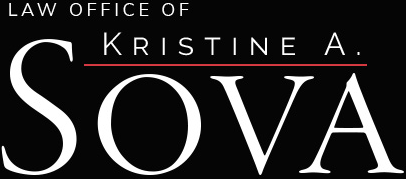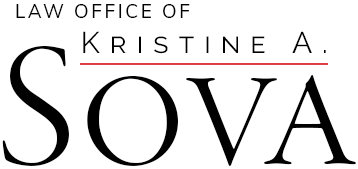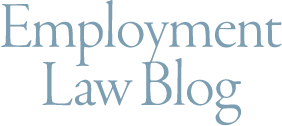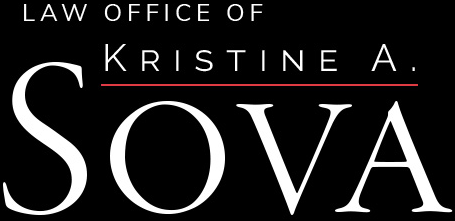In June 2016, the U.S. Equal Employment Opportunity Commission released an 88-page report on harassment in the workplace. The report (available here) calls for “a reboot of workplace harassment prevention efforts” in light of the fact that one-third of the approximately 90,000 charges of discrimination received by the EEOC in fiscal year 2015 included an allegation of workplace harassment.
The report found that workplace harassment too often goes unreported, with roughly 3 out of 4 individuals who experienced harassment never even talking to a supervisor, manager or union representative about the harassing conduct. Employees who experience harassment fail to report the harassing behavior or file a complaint because they fear disbelief of their claim, inaction on their claim, blame, or social or professional retaliation.
In an effort to holistically reduce the number of harassment claims, the EEOC Task Force called for employers to institute more effective reporting systems for allegations of harassment. Such reporting systems should be ones that include a means by which individuals who experience harassment can report the harassment and file a complaint, as well as a means by which employees who observe harassment can report that to the employer.
The report noted that “[u]ltimately, how an employee who reports harassment (either directly experienced or observed) fares under the employer’s process will depend on how management and its representatives act during the process. If the process does not work well, it can make the overall situation in the workplace worse. If one employee reports harassment and has a bad experience using the system, one can presume that the next employee who experiences harassment will think twice before doing the same. Finally, ensuring . . . the process that commences following a report is fair to an individual accused of harassment contributes to all employees’ faith in the system.”
So what makes a reporting system effective? The report outlined several elements that make reporting systems work well and provide employees with faith in the system. Notably, a number of the elements identify key components of effective harassment investigations. The elements include:
- Employees who receive harassment complaints must take the complaints seriously.
- The reporting system must provide timely responses and investigations.
- The system must provide a supportive environment where employees feel safe to express their views and do not experience retribution.
- The system must ensure that investigators are well-trained, objective, and neutral, especially where investigators are internal company employees.
- The privacy of both the accuser and the accused should be protected to the greatest extent possible, consistent with legal obligations and conducting a thorough, effective investigation.
- Investigators should document all steps taken from the point of first contact, prepare a written report using guidelines to weigh credibility, and communicate the determination to all relevant parties.
In my experience, many reporting systems contemplate and call for the above elements, oftentimes paying lip service to these elements via a written harassment complaint procedure, but the system quickly fails when a harassment complaint is lodged with an employer. The following are all too common:
- The employees who receive harassment complaints do not take the complaints seriously.
- The complaint (and any related investigation and response) is not addressed in a timely manner.
- Investigators are not well-trained in conducting investigations, nor are they objective or neutral.
- The investigation is not documented.
- A determination regarding the allegation of harassment is never communicated to the relevant parties.
The EEOC report provides a good reminder that employers should not overlook the importance of taking complaints seriously and promptly investigating complaints of harassment. All too often what begins as a small workplace indiscretion turns into an expensive harassment claim when the employer does not respond and investigate in a suitable manner. The EEOC report provides employers with an opportunity to re-assess their reporting systems, and make any adjustments necessary – such as training internal investigators or establishing a shortlist of external investigators – to act in a timely and appropriate manner if and when a complaint of harassment is filed in the future.




